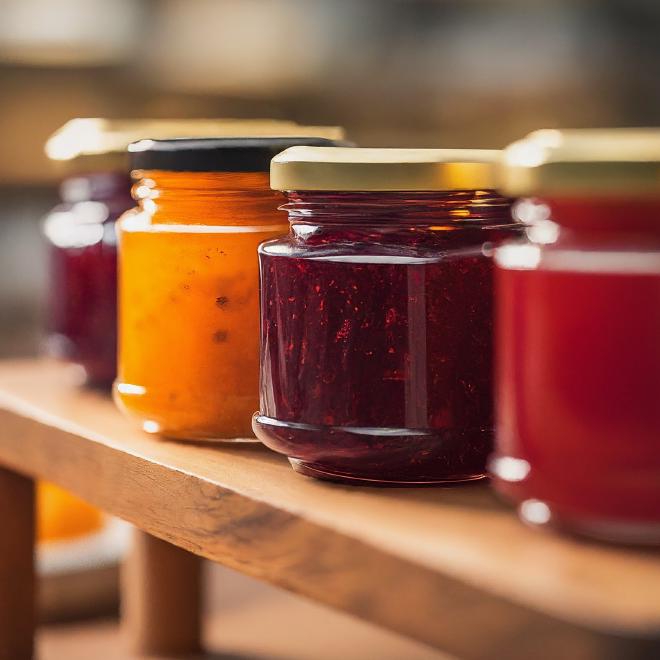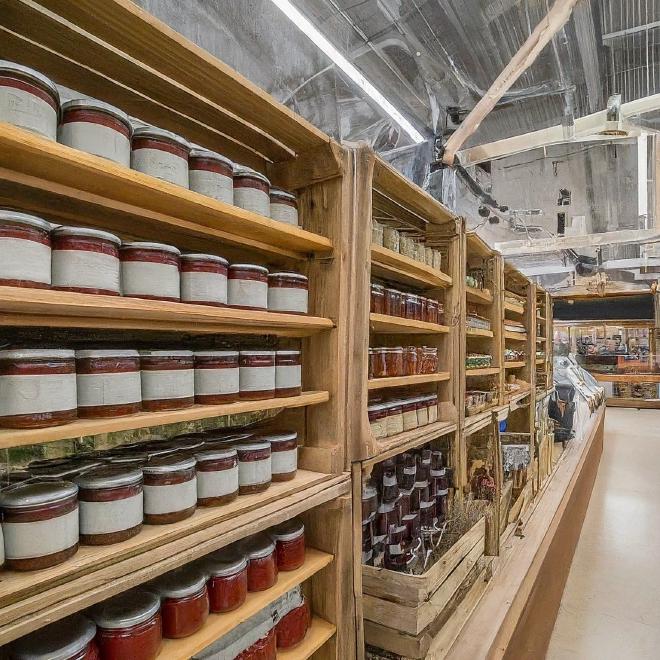Ever walked into a store and marveled at the plethora of choices available? The idea is that more options make decisions easier, right? Well, not quite. Research, like that conducted by Iyengar and Lepper, suggests that having too many choices might not be the retail paradise we imagine.
The initial study #
In their study titled “When choice is demotivating: Can one desire too much of a good thing?” (Journal of Personality and Social Psychology, 79(6), 995–1006), the researchers delved into the psychology of consumer choice. Let’s break down one of their experiments.

The experiment was conducted in a supermarket with two jam tasting booths. One offered a modest 6 types of jam (Few), and the other boasted a whopping 24 varieties (Many). Shoppers were encouraged to taste as many as they like, and everyone who approached either booth gets a $1 discount coupon for jam (used for tracking). Those with a hankering for jam after their tasting experience head to the jam aisle for a purchase.
Results & implication #
The (Few) booth had 260 customers pass by, with 104 stopping to taste (40%), and 31 making a purchase (30%).
The (Many) booth had 242 customers pass by, with 145 stopping to taste (60%), and only 4 making a purchase (3%).

It appears that while more choices make a display more attractive, the overwhelming options seem to discourage actual purchases.
This phenomenon isn’t confined to jam. Similar patterns emerge in various scenarios, from choosing a restaurant dish to selecting a shampoo.
In fact, the researchers found that the more choices available, the less likely people are to make a decision, and when they do, the quality of their choice tends to be lower.
Additionally, an abundance of options often translates to a longer decision-making process, less satisfied customers, and ultimately, fewer purchases.
Explanation #

Making decisions can be exhausting. Every time we face a choice, we need to assess and consider all available options. While this process may not be overly burdensome for a single decision, our daily lives are filled with numerous choices, many of which carry significance. Deliberating on each decision takes a toll on us.
Our conscious and reflective System 2, which assists in reasoning through complex choices, has limited capacity. By the end of the day, we often find ourselves fatigued and overwhelmed, especially when confronted with yet another decision to make.
Post-research, Procter & Gamble (P&G) implemented a shift, reducing the number of Head & Shoulders shampoo products from 26 to 15. Surprisingly, this move resulted in a 10% growth in revenue.
But is this the end of it?
The nuances of choices #
In the years spanning from 2005 to 2008, attempts to replicate the jam experiment yielded varied non-conclusive outcomes.
Fast forward to 2010, a comprehensive meta-analysis delves into the overarching impact of too many choices. This analysis scrutinizes results from 50 studies, shedding light on the various conditions influencing the paradox of choice:
Categorization and option arrangement: when there are a lot of options to choose from, it can be hard to make a decision, especially if they aren’t organized into categories. Categories can help make the choices easier to understand and less overwhelming.
Information overload: if there are a lot of complex options with many attributes, it can be hard to make a good decision. People can feel overwhelmed and may not be able to process all of the information, leading to less satisfaction with their choice.
Time pressure: when people feel rushed to make a decision, having more options can lead to less satisfaction and more regret with the chosen outcome.
Choice justification: if people think they will have to justify their decision, having a lot of options can make it harder to choose. It can be challenging to come up with a convincing reason for a specific choice, making it harder to commit to a decision.
Quality: if people think that all of the options are attractive and of high quality, they may not be as interested in having a large number of options. However, if the options are of varying quality, having a larger assortment increases the chances of finding at least one somewhat attractive option.
Then the quest to understand our preference for fewer choices took a significant leap in 2015. Alexander Chervev and his team embarked on a meta-analysis, scrutinizing 53 experiments across 21 articles, all tucked between the pages of publications from 2000 to 2014. They pinpointed 4 key factors that make people prefer fewer choices:
- When people lack well-defined preferences.
- When people are unfamiliar with the available options.
- When the options are similar with no clear winner.
- When options are challenging to evaluate, especially if poorly presented.
But that’s not all!
When choices are pleasurable #
Further studies by Sarah Whitley, Sheena Iyengar, Cass Sunstein, and Evan Polman found that
- People want and like having more choices when buying luxury items, like perfume, designer clothes, and sports cars, compared to more practical or everyday items, such as detergent, toilet paper, and kettles.
- When making fun or pleasurable purchases, having more choices can be enjoyable. However, for dull, mundane, or difficult decisions, defaults or predictive “rule of thumb” can speed up the selection process.
- People who started with smaller, simpler choices and gradually working up to more complex ones can make better decisions, are less likely to choose the default option, feel less overwhelmed, and are happier with their choice compared to those who started with more complex choices right away.
- People tend to look for more information when making a choice for someone else and found the decision process more enjoyable and less stressful
Conclusion #
The multiple studies above, which can seems overwhelming and providing no simple concrete answer, did shed some light on the nuance of consumer decision making today. With the explosion of abundant online information, this is only getting messier.
In the world of marketing, the allure of countless choices has prompted companies to flood the market with options, thinking it will make the decision-making process easier for customers. However, the studies’ findings indicate a different reality.
So, the next time business want to offer an extensive array of choices, remember that sometimes, less truly is more. It also seems that the sweet spot lies not in the multitude of options but in the careful curation of choices that resonate with customers and lead to more decisive and satisfying experiences.
